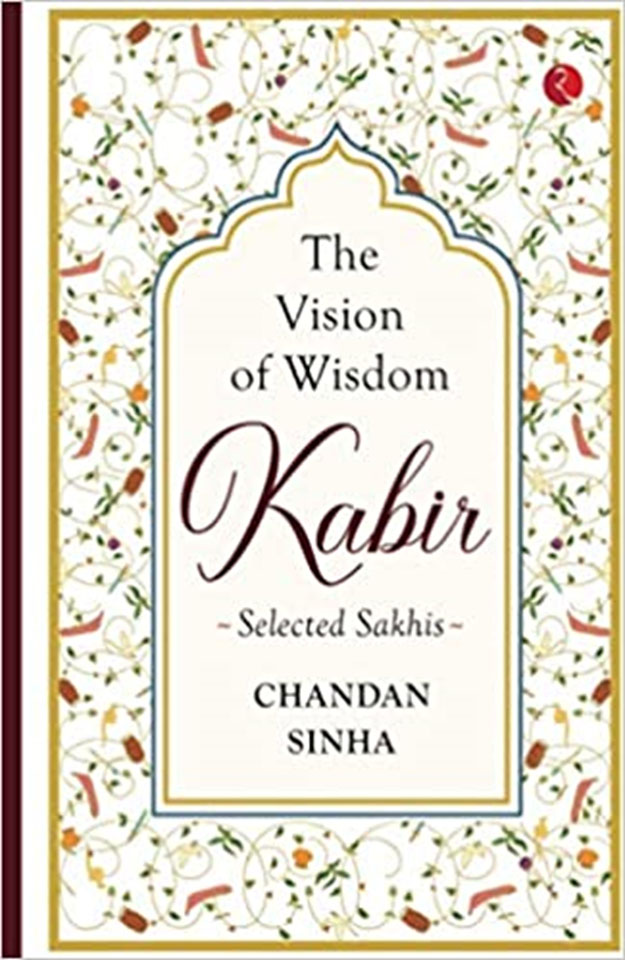Kabir’s works stand thoroughly translated and analysed, yet the appeal of his ideas and writings continues to invite further translations and interpretations. Chandan Sinha’s book makes an important contribution to the existing knowledge on Kabir and places this possibly 16th century poet-saint as a guide and philosopher relevant to the modern times.
Opening with a comprehensive introduction to Kabir’s life, his sakhis and the process of translation, the book then gets divided into 21 thematic sections. Sinha chooses to put together sakhis or dohas instead of the more popular bhajans or padas to address the gap in the scholarly attention paid to this section of Kabir’s works. Through this book on sakhis, coming from the word ‘sakshi’, that is to witness, Sinha wants to direct the readers to the everyday lessons Kabir conveys through the couplets. Believed to be originating from Kabir’s own experience with him being the ‘sakshi’ or witness to life, these sakhis also become the medium of his nirguna philosophy.
Sinha’s book not only compiles the sakhis in Hindi and in the Devanagri script but also provides their English translation and concise commentary. Although Sinha followed his own discretion in the selection and arrangement of the sakhis, there seems to exist a natural flow and an internal logic between different sections of the book.

